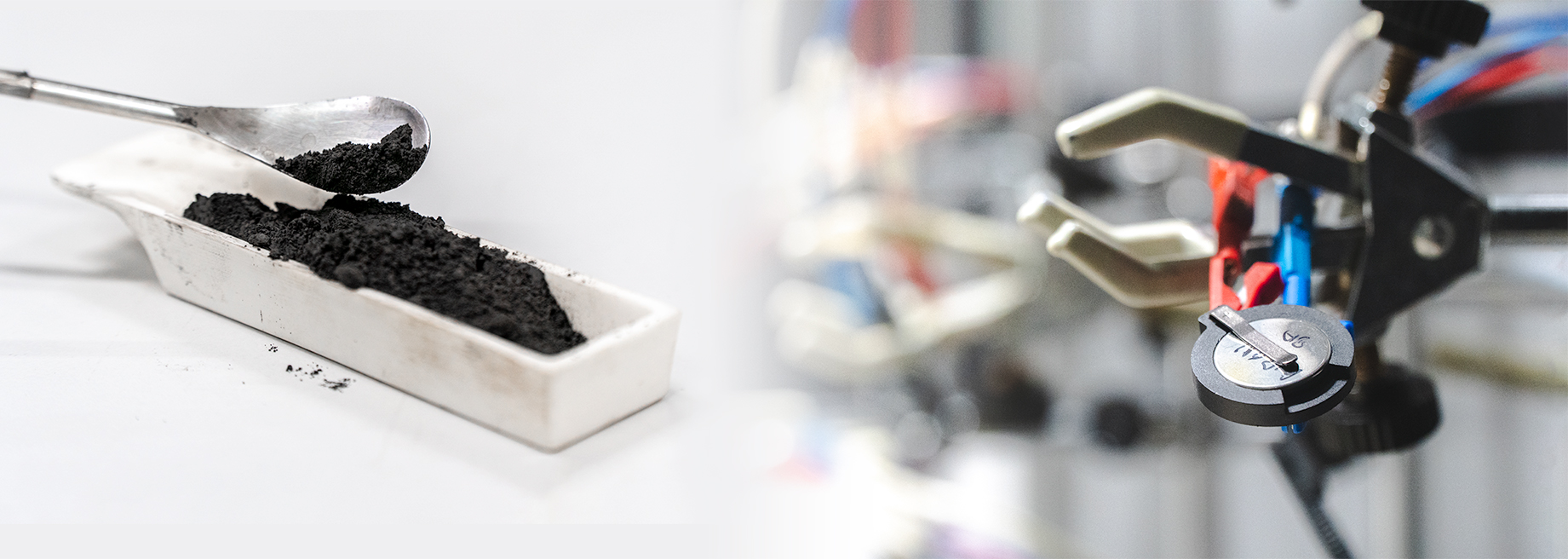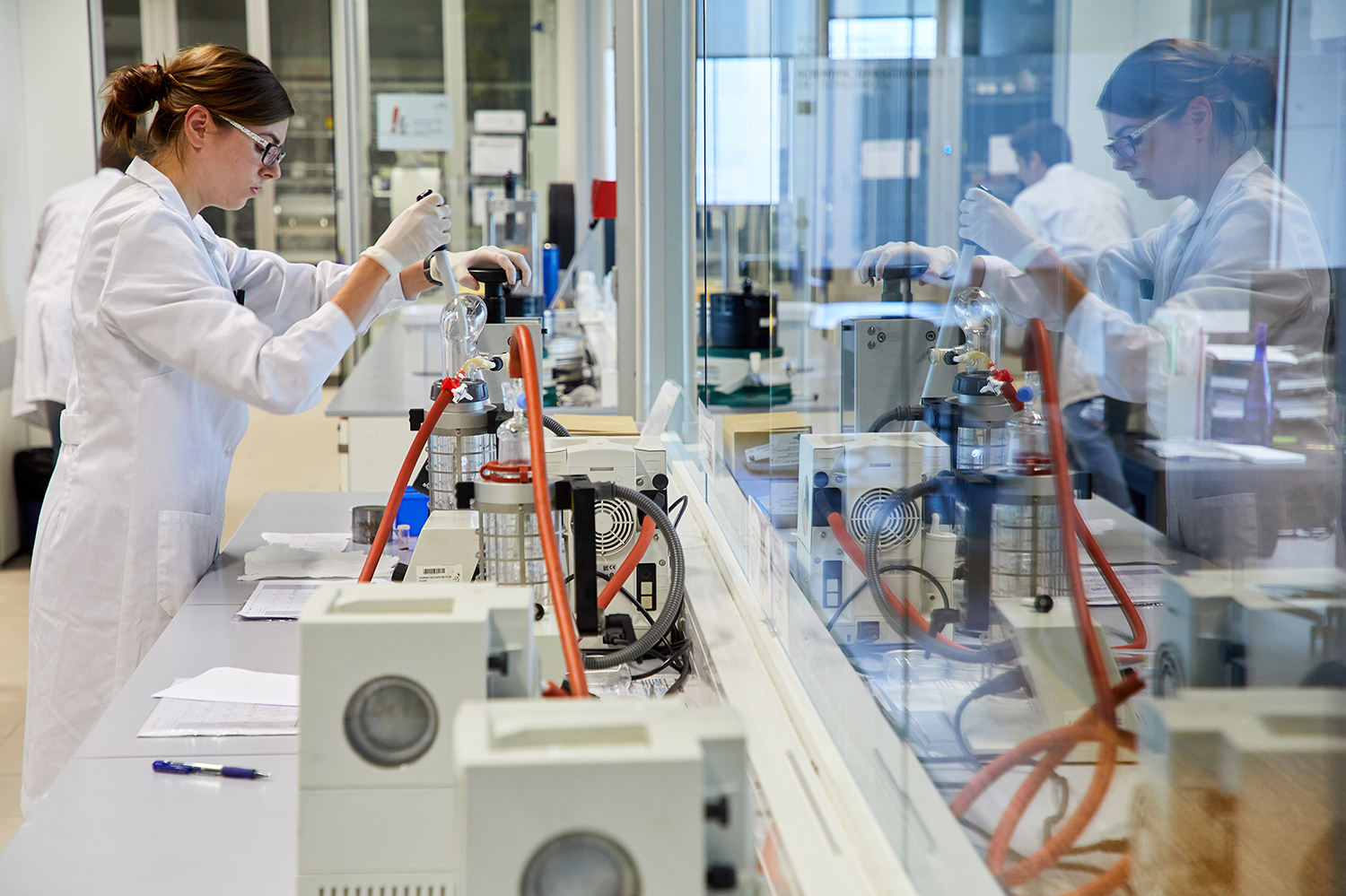The Ministry of Science and Innovation has approved funding for three projects submitted to the "Research Challenges 2019" call by CIC energiGUNE, a leading Basque research centre for electrochemical and thermal energy storage and a member of the Basque Research & Technology Alliance BRTA. The approved proposals share the common objective of identifying new materials or technologies to enable current batteries to overcome limitations in areas such as density, sustainability and the identification of new materials.
The three projects selected are NIB MOVE, the objective of which is to identify new materials to improve the competitiveness of sodium-ion batteries; 3DACCESS, to create a high-density cobalt-free solid state battery, and ION SELF, focused on enabling the process of experimenting with new materials.
The aim of NIB MOVE, which is part of the larger UMANA project developed in collaboration with the UPV/EHU, is to identify materials for the next generation of sodium-based electrochemical energy storage technologies. The research in CIC energiGUNE, led by Montse Galcerán and Damien Saurel, is focused on analysing, validating and optimising these materials.
Taking as a starting point that sodium-ion technology is seen as one of the best alternatives to lithium-ion in terms of reducing costs and environmental impact, the aim of NIB MOVE is to identify cathodes, anodes and electrolytes that respond more efficiently to this technology and contribute to improving the competitiveness of sodium-ion against lithium-ion. The research will identify the key structural processes to achieve this goal.
As in the previous case, 3DACCESS is part of a larger project called 3DPASSION. As part of the overall objective of obtaining advanced ceramics for solid state batteries, the CIC energiGUNE 3DACCESS sub-project is focused on obtaining a solid state battery that provides an energy density comparable to the values required by European companies. To this end, it is committed to combining a fine solid electrolyte with a high voltage, cobalt-free, low cost material such as lithium metal.
The challenge of 3DACCESS, which will be led at CIC energiGUNE by researchers Montse Casas-Cabanas and Frederic Aguesse, is to overcome the barriers that hinder the use of lithium metal, achieving high voltage cathodes in combination with liquid electrolytes. Solid state polymer batteries with high voltage cathodes will also be developed, overcoming the electrolyte conductivity limitations caused by high operating temperatures. 3DACCESS will address both problems by developing a new 3D structured solid state battery, stable up to 5V and exhibiting high conductivities at the electrolyte level.
For its part, the idea of the ION-SELF project is to set up an autonomous laboratory for energy storage materials. At present, lithium-ion batteries are the most powerful high-capacity rechargeable batteries on the market. However, they have practically reached their limit of energy density so there is an urgent need to explore new systems and chemicals. Taking up this challenge requires new disruptive approaches, using methods of Artificial Intelligence that will enable the development of better tools to speed up the discovery and understanding of new electroactive materials.
The aim of this project, led from CIC energiGUNE by Javier Carrasco and Marine Reynaud, is to design an automated and autonomous platform that enables the development of electroactive materials and is capable of making effective predictions of the results of automated experiments prior to their execution. In doing so, ION-SELF will pave the way for a substantial reduction in the number of experiments needed to identify new battery materials, supported by Artificial Intelligence tools.





